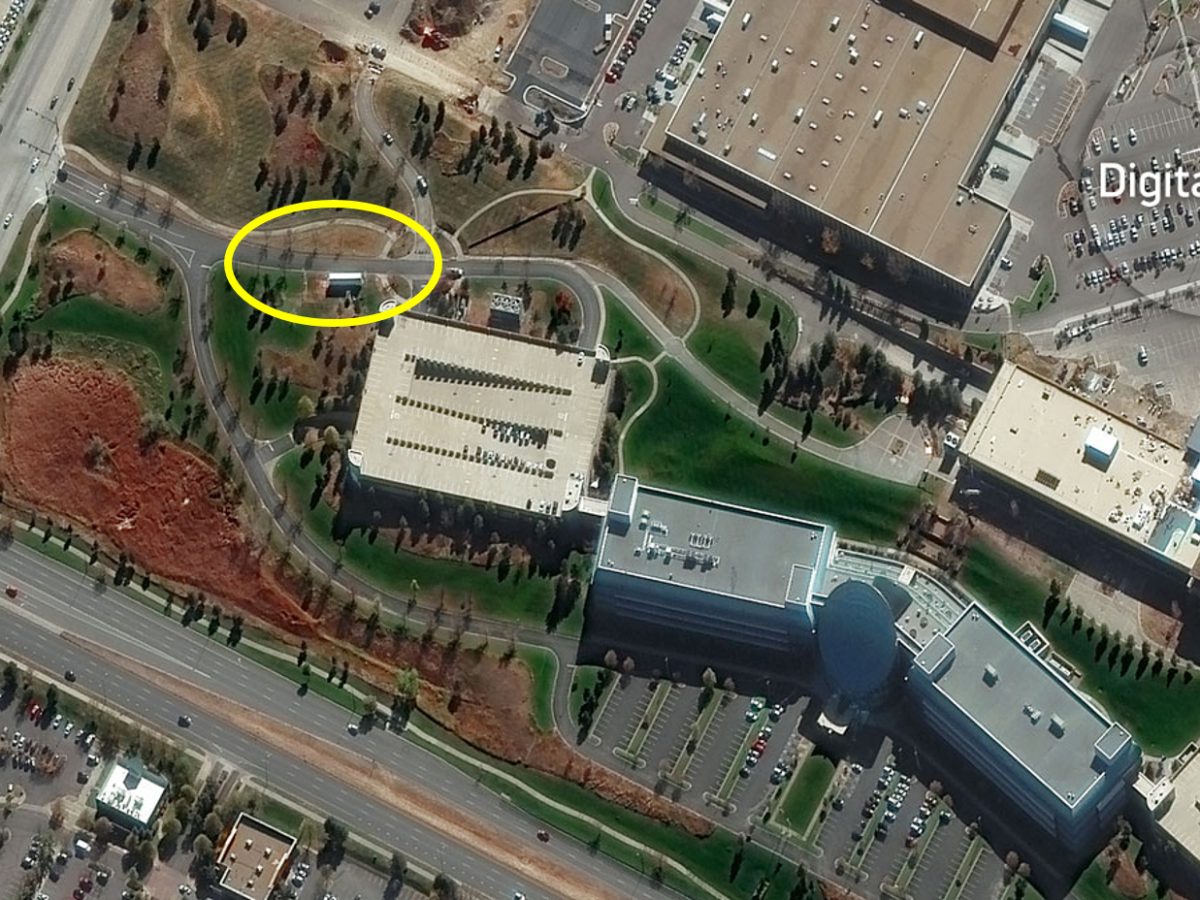

The competition will challenge developers to improve performance from the first competition using the higher-resolution imagery and more geographically diverse training data samples. The next phase of the SpaceNet Challenge will be a follow-on competition using DigitalGlobe’s 30 cm imagery from WorldView 3 and building footprints across new locations around the globe. The Rio geodatabase contains 12 datasets with 35 unique layers containing more than 120,000 individual points of interest. National Geospatial-Intelligence Agency, which licensed the dataset produced by DigitalGlobe. The SpaceNet Challenge: Round 4, Off-Nadir Building Footprint Extraction. This is the first SpaceNet challenge to explicitly include the time dimension, and accordingly used a new medium resolution satellite imagery dataset from Planet that encompasses over 100 locations. This data is made available through the participation of the U.S. SpaceNet’s mission is to accelerate geospatial machine learning and is supported by the SpaceNet LLC member organizations.
SPACENET CHALLENGE CODE
“We are really thrilled by the developers’ level of engagement to use DigitalGlobe imagery, training data, and open-source code to create innovative algorithms,” said Tony Frazier, senior vice president and general manager of services at DigitalGlobe.Ī newly released Points of Interest (POI) dataset for Rio de Janeiro is now freely available to the public via SpaceNet on AWS. The winning algorithms will be made available to the open-source community through the SpaceNet GitHub repository and users of DigitalGlobe’s Geospatial Big Data platform (GBDX). The participants submitted 242 solutions over a three-week period to compete for a total prize pool of $35,000 that was awarded to the top five performing contestants. SpaceNet is a collaboration between DigitalGlobe, CosmiQ Works and NVIDIA, which consists of an online repository of freely available satellite imagery, co-registered map layers to train algorithms, and public challenges that aim to accelerate innovation in machine learning.ĭigitalGlobe launched the first SpaceNet Challenge in November 2016, and 42 developers competed in an open challenge hosted by TopCoder to create algorithms that extract building footprints from satellite imagery. Challenge participants will be asked to track building construction over time, thereby directly assessing urbanization.DigitalGlobe announced the results of the first SpaceNet Challenge, which will release openly licensed satellite imagery of Rio de Janeiro taken from the WorldView 2 satellite at 50cm Ground Sample Distance (GSD) using eight spectral bands. The dataset will comprise over 40,000 square kilometers of imagery and exhaustive polygon labels of building footprints in the imagery, totaling over 10 million individual annotations. The competition centers around a new open source dataset of Planet satellite imagery mosaics, which includes 24 images (one per month) covering ~100 unique geographies.

Each subdirectory contains the competitors written descriptions of their solution to the challenge. The five subdirectories in this repository comprise the code for the winning solutions of SpaceNet 4: Off-Nadir Building Detection hosted by TopCoder.
SPACENET CHALLENGE SERIES
In this challenge, participants will identify and track buildings in satellite imagery time series collected over rapidly urbanizing areas. SpaceNet Challenge Round 4: Off-Nadir Buildings Competitor solutions Summary. The SpaceNet 7 Multi-Temporal Urban Development Challenge aims to help address this deficit and develop novel computer vision methods for non-video time series data.
SPACENET CHALLENGE REGISTRATION
For example, quantifying population statistics is fundamental to 67 of the 232 United Nations Sustainable Development Goals, but the World Bank estimates that more than 100 countries currently lack effective Civil Registration systems. Although downtrodden, Soumas fighting spirit is rekindled by a challenge from Jouichirou which is to survive in an elite culinary school where only 10 of. Satellite imagery analytics have numerous human development and disaster response applications, particularly when time series methods are involved.


 0 kommentar(er)
0 kommentar(er)
